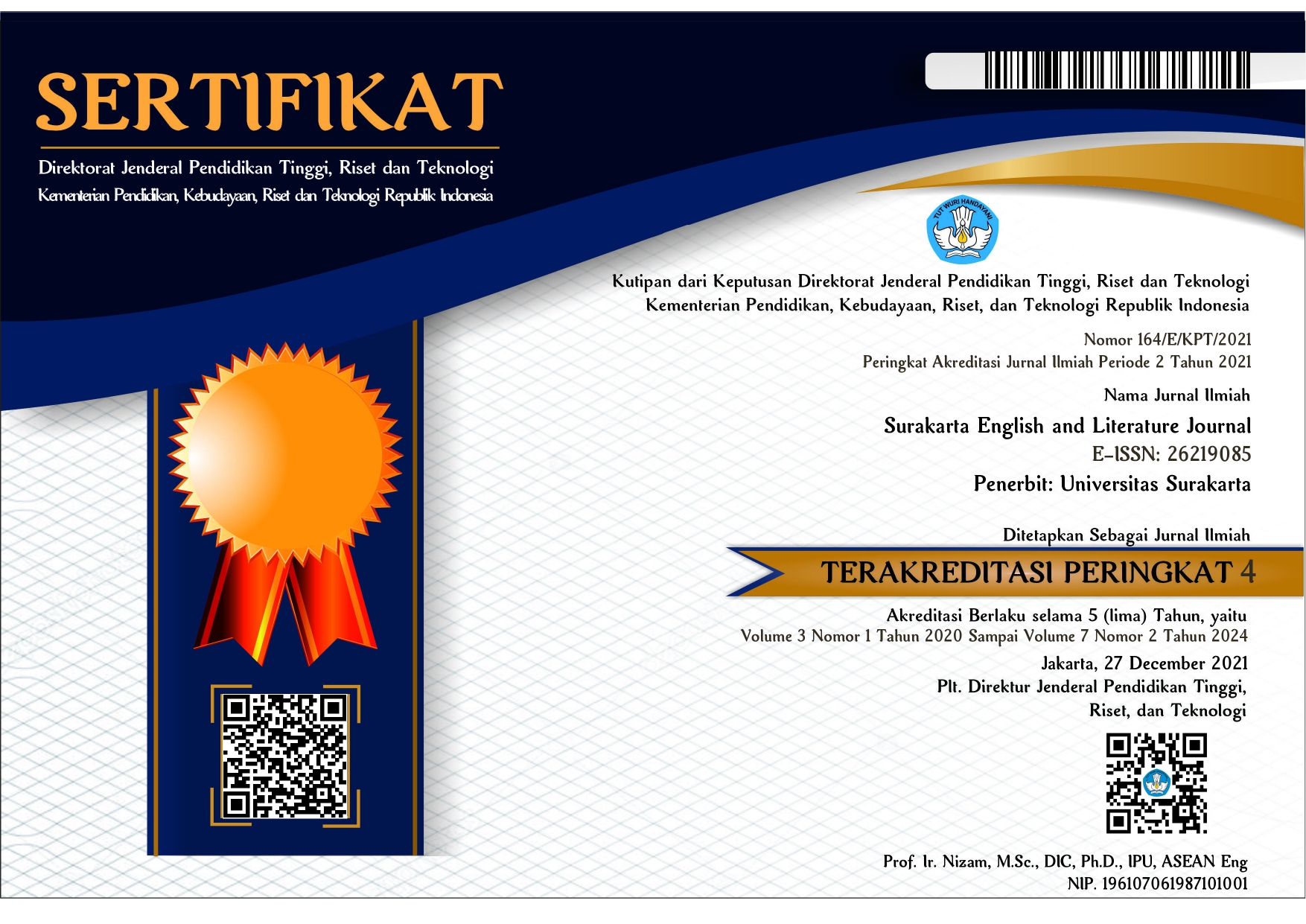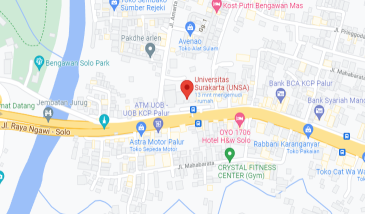The Use of YouTube to Enhance Learners’ English Listening Skills
DOI:
https://doi.org/10.52429/selju.v7i2.265Keywords:
english listening skills, online media technology, youtubeAbstract
In recent years, YouTube has become an important platform for educational content. While various studies have examined YouTube’s role in improving learners’ English listening skills, much of the earlier research focused on outdated versions of the platform. This study aims to update these findings by analyzing more recent studies and addressing gaps in the literature regarding YouTube’s impact on enhancing English listening skills. The review includes nineteen studies published between 2020 and 2024, with one additional study from 2014, sourced from Google Scholar and the International Journal. The results show that YouTube provides authentic language resources, like podcasts, videos, and interviews, which significantly boost listening comprehension. However, the effectiveness of YouTube as a learning tool depends on the use of effective strategies, including customized playlists, guided viewing, and interactive exercises. The study also identifies challenges such as limited internet access and the necessity of pedagogical oversight to fully utilize YouTube’s benefits. Although YouTube holds promise as a resource for language learning, further research is needed to assess its impact on academic performance and long-term language development. This study offers practical advice for educators looking to incorporate YouTube into their teaching methods.
References
Alabsi, T. (2020). Effects of Adding Subtitles to Video via Apps on Developing EFL Students’ Listening Comprehension. Theory and Practice in Language Studies, 10(10), 1191. https://doi.org/10.17507/tpls.1010.02
Albliwi, S., Antony, J., Abdul-Halim-Lim, S., A., & van der Wiele, T. (n.d.). Critical failure factors of Lean Six Sigma: A systematic literature review.
Anwas, E. O. M., Sugiarti, Y., Permatasari, A. D., Warsihna, J., Anas, Z., Alhapip, L., Siswanto, H. W., & Rivalina, R. (2020). Social Media Usage for Enhancing English Language Skill. International Journal of Interactive Mobile Technologies (iJIM), 14(07), 41. https://doi.org/10.3991/ijim.v14i07.11552
Chien, C., Huang, Y., & Huang, P. (2020). YouTube Videos on EFL College Students’ Listening Comprehension. English Language Teaching, 13(6), 96. https://doi.org/10.5539/elt.v13n6p96
Destianingsih, A., & Satria, A. (2020). Investigating Students’ Needs for Effective English Online Learning During Covid-19 for Polbeng Students. ELT-Lectura, 7(2), 147–153. https://doi.org/10.31849/elt-lectura.v7i2.4657
Fakhruddin, Z., Usman, U., Rahmawati, R., & Sulvinajayanti, S. (2020). Designing English Listening Materials through YouTube Video Editing: Training for English Teachers of Islamic Junior High Schools, Parepare, South Sulawesi. IJELTAL (Indonesian Journal of English Language Teaching and Applied Linguistics), 4(2), 275. https://doi.org/10.21093/ijeltal.v4i2.475
Kathirvel, K., & Hashim, H. (2020). The Use of Audio-Visual Materials as Strategies to Enhance Speaking Skills among ESL Young Learners. Creative Education, 11(12), 2599–2608. https://doi.org/10.4236/ce.2020.1112192
Krishan, I. A., Ching, H. S., Ramalingam, S., Maruthai, E., Kandasamy, P., Mello, G. D., Munian, S., & Ling, W. W. (2020). Challenges of Learning English in the 21st Century: Online vs. Traditional During Covid-19. Malaysian Journal of Social Sciences and Humanities (MJSSH), 5(9), 1–15. https://doi.org/10.47405/mjssh.v5i9.494
Lam Kieu, V., Truc Anh, D., Bao Tran, P. D., Thanh Nga, V. T., & Phi Ho, P. V. (n.d.). The Effectiveness of Using Technology in Learning English. https://asiacall.info/acoj
Listiani, N. K. M., Suwastini, N. K. A., Dantes, G. R., Adnyani, N. L. P. S., & Jayantin, I. G. A. S. R. (2021). YouTube as Digital Learning Resources for Teaching Bilingual Young Learners: 2nd International Conference on Technology and Educational Science (ICTES 2020), Singaraja, Bali, Indonesia. https://doi.org/10.2991/assehr.k.210407.230
Martinez, M. (2020). The Role of YouTube in Enhancing ESL Students’ Listening and Speaking Skills: A Case Study. 415–425.
Nugroho, A., & Atmojo, A. E. P. (2020). DIGITAL LEARNING OF ENGLISH BEYOND CLASSROOM: EFL LEARNERS’ PERCEPTION AND TEACHING ACTIVITIES.
Nurwahidah, & Fatimah, S. (2023). Lecturers’ Challenges on YouTube Video as Media in Learning and Teaching English: A Descriptive Research at STBA Persada Bunda Pekanbaru. In H. Ardi, M. A. Arianto, N. Rosita, C. Solusia, & R. Hanifa (Eds.), Proceedings of the International Conference on English Language and Teaching (ICOELT 2022) (Vol. 810, pp. 112–117). Atlantis Press SARL. https://doi.org/10.2991/978-2-38476-166-1_15
O’Reilly, T., & McCrea, J. (2020). Evaluating Educational Content on YouTube: Challenges and Solutions. 34–43.
Pratama, S. H. H., Arifin, R. A., & Widianingsih, A. W. S. (2020). The Use of YouTube as a Learning Tool in Teaching Listening Skill. 1(3).
Rachmawati, R., & Cahyani, F. (2020). The Use of Youtube Videos in Improving Non-English Department Students’ Pronunciation Skills. Alsuna: Journal of Arabic and English Language, 3(2), 83–95. https://doi.org/10.31538/alsuna.v3i2.916
Sakkir, G., Dollah, S., & Ahmad, J. (2020). Students’ Perceptions toward Using YouTube in EFL Classrooms. 1–10.
Schmid, E., & Peters, C. (2023). Emerging Technologies in Language Education: The Role of VR, AR, and AI. 55–72.
Simanjuntak, U. S., Silalahi, D. E., Sihombing, P. S. R., & Purba, L. (2021). STUDENTS’ PERCEPTIONS OF USING YOUTUBE AS ENGLISH ONLINE LEARNING MEDIA DURING COVID-19 PANDEMIC. JOLLT Journal of Languages and Language Teaching, 9(2), 150. https://doi.org/10.33394/jollt.v%vi%i.3567
Sosas, R. V. (2021). Technology in teaching speaking and its effects to students learning English. Journal of Language and Linguistic Studies, 17(2), 958–970. https://doi.org/10.52462/jlls.666
Downloads
Published
How to Cite
Issue
Section
License
Copyright (c) 2024 Nurul Khairat

This work is licensed under a Creative Commons Attribution-ShareAlike 4.0 International License.
Licensing for Data Publication
-
Open Data Commons Attribution License, http://www.opendatacommons.org/licenses/by/1.0/ (default)
-
Creative Commons CC-Zero Waiver, http://creativecommons.org/publicdomain/zero/1.0/
-
Open Data Commons Public Domain Dedication and Licence, http://www.opendatacommons.org/licenses/pddl/1-0/














